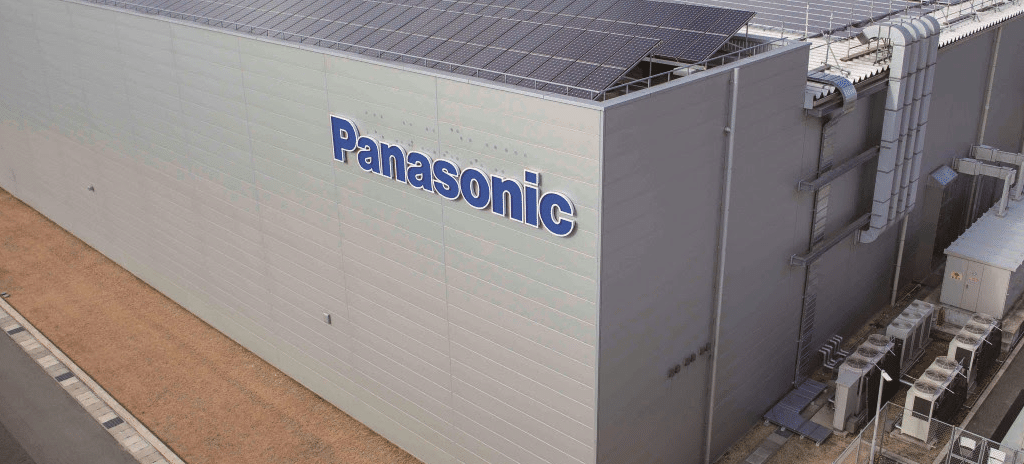Panasonic looks likely to begin producing a lithium-ion battery batteries in China in partnership with Tesla. The announcement came from the company’s CEO Kazuhiro Tsuga on the occasion of the earning conference for its 2018 financials, which was held on Thursday, according to Reuters.
No more details, however, were given about the factory’s size or the amount of the required investment for project.
Earlier this year, Panasonic started manufacturing lithium-ion batteries for Tesla’s energy storage products and electric vehicles in the U.S. state of Nevada – at its much fabled Gigafactory. The two companies are also collaborating on the production of heterojunction with intrinsic thin layer (HIT) solar cells and modules – including Tesla’s Solar Roof product – at a second gigafactory in Buffalo, New York.
The group’s solar business, however, was listed among the less-profitable divisions for last year, although the Eco Solutions segment, in which battery storage and solar is included, saw revenues and profits increase slightly. The Eco Solutions segment registered a 4.5% increase in sales at US$14.8 billion. The division operating margin also grew slightly from 4.0% to 4.5%.
In particular, Panasonic’s electrical construction materials business in India, Turkey and Vietnam, water-related products in Japan, as well as the heat-exchanging ventilation units in China, and electrical construction materials business, contributed to the positive results of the segment in the latest fiscal year.
As for its solar business, Panasonic said in its financial statements that it started selling individual cells in addition to its conventional module sales, and that it has reviewed the module production structure, including winding up module production at its Shiga plant. Operations at Shiga were expected to be shut down by the end of the first quarter of this year. Earlier this year, Panasonic ceased production of silicon ingots at a factory in the U.S. state of Oregon.
Meanwhile, the group’s total sales increased from $67.2 billion in 2017 to $73.0 billion last year, while operating profit grew by more than a third, with operating margin reaching 4.8%.
This content is protected by copyright and may not be reused. If you want to cooperate with us and would like to reuse some of our content, please contact: editors@pv-magazine.com.









By submitting this form you agree to pv magazine using your data for the purposes of publishing your comment.
Your personal data will only be disclosed or otherwise transmitted to third parties for the purposes of spam filtering or if this is necessary for technical maintenance of the website. Any other transfer to third parties will not take place unless this is justified on the basis of applicable data protection regulations or if pv magazine is legally obliged to do so.
You may revoke this consent at any time with effect for the future, in which case your personal data will be deleted immediately. Otherwise, your data will be deleted if pv magazine has processed your request or the purpose of data storage is fulfilled.
Further information on data privacy can be found in our Data Protection Policy.